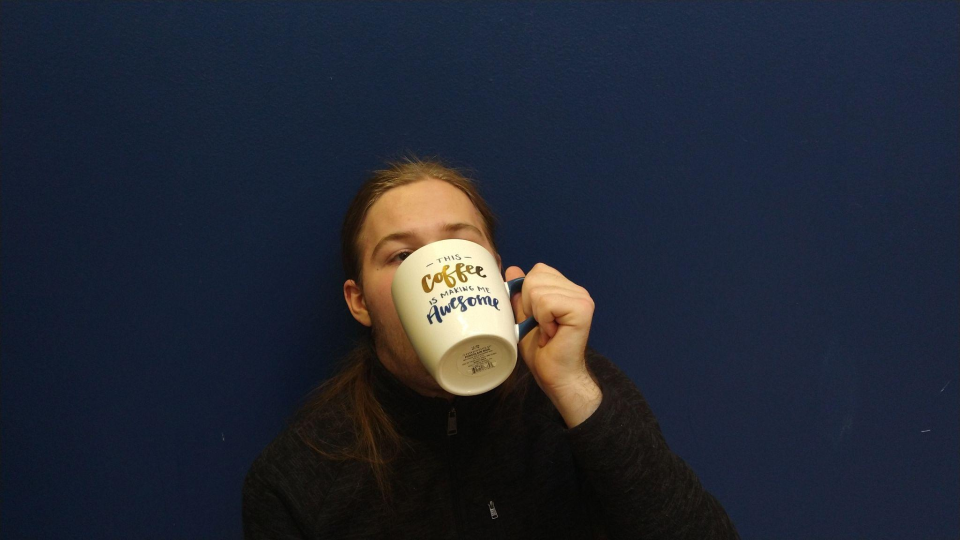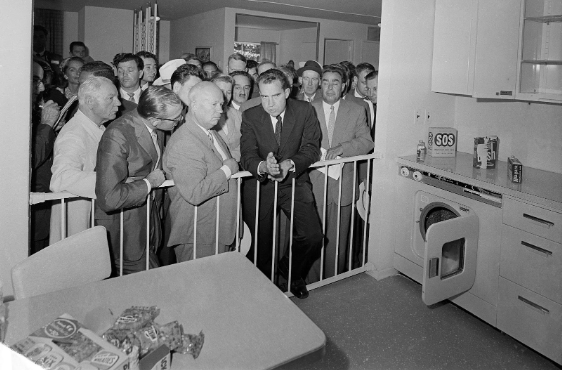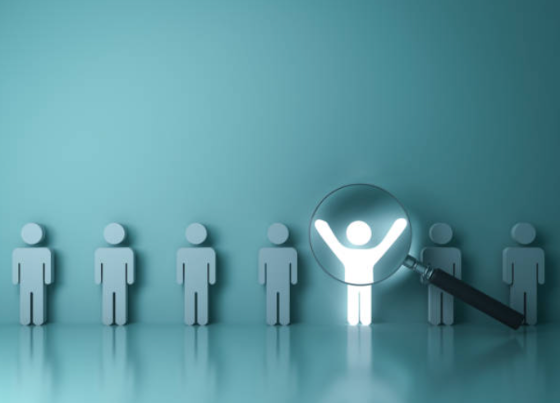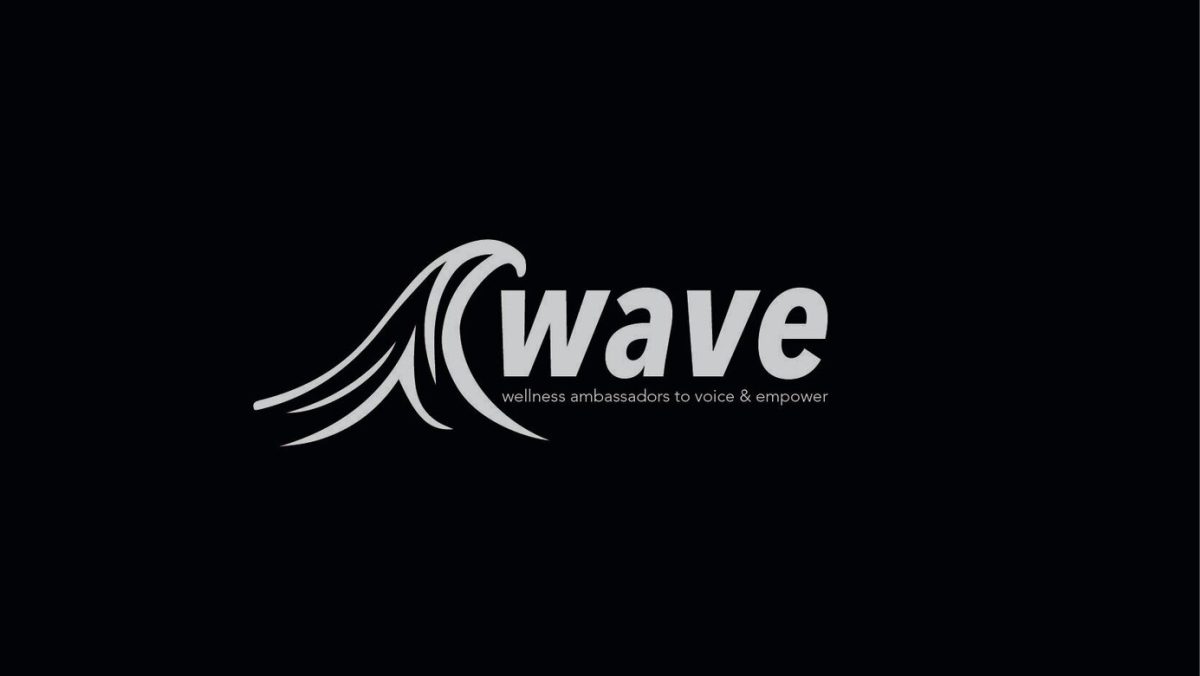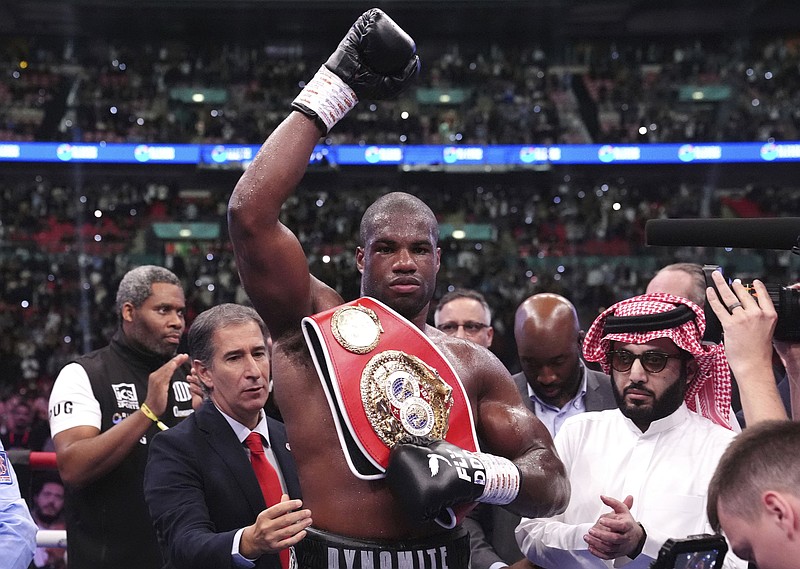I collect Monster Energy cans. As an activity it is simultaneously a point of great pride and shame. I will gleefully explain the complexities and unique patterns put into the slightest details of the aluminum packaging of an otherwise mundane product to anyone who knows about my habit, while simultaneously keeping it militantly secret from anyone who doesn’t. And I couldn’t even tell you why. According to statista, Monster Energy made $1.52 billion in 2023, so while drinking Monster might not necessarily carry any specific stereotypes that could affect me directly, the fact that I’m drinking energy drinks at all feels like something to be ashamed about.
Caffeine serves an interesting role in the cultural consciousness; it is simultaneously a drug that the vast majority of adults partake in (85 percent, according to the American Medical Association) and a known addictive substance that people brag about their dependency on. “Don’t talk to me until I’ve had my coffee” is more often viewed as a relatable sentiment than an admission of an unpleasant experience. There has obviously been pushback, but the information age has awakened many people in Gen Z to the negative impacts of many drugs.
For instance, according to statista.com, Gen Z doesn’t participate in underage drinking nearly as much as previous generations, and they are generally drinking 20 percent less per capita even when they are of age. Gen Z is technically consuming more cannabis, but they’re consuming less while underage. You might expect me to say caffeine bucks this trend, that Gen Z is actually consistently lower in all kinds of coffee consumption, with 63 percent saying they don’t drink coffee at all.
Unlike alcohol and cannabis, however, the effect caffeine has on adolescent brains, and why people might abstain from it, is far less understood. (While cannabis is usually harmless, it can cause memory problems in younger teens.)
The information on caffeine’s effect on growing brains is incredibly obfuscated by several forces and for a multitude of reasons, but the main thing you’ve probably picked up from cultural osmosis is that it’s incredibly bad in some vague, nebulous terms. Does it harm your sleep schedule? That seems evident, but is also usually the desired outcome, so criticizing it on that front is dubious. Does it damage your brain’s ability to grow? It possibly could stop some connections from forming, but several dozen studies have all come back with different results. According to the VeryWell organization, the main impact it can have on growing, young bodies is it makes it harder to absorb calcium, damaging the skeletal structure, and I’m not even sure how to fact check that.
The only true conclusion we can come away with is that caffeine is inconsistent and affects everyone differently, to which one could reasonably respond a carefully considered “obviously.” My biggest fear in writing this is that I’ll come across as anti-caffeine-consumption, a topic I’m unqualified to talk about as I have drunk about 48 cans of Baja Blast while writing this sentence. Nevertheless, it is imperative that we know what we’re putting into our growing bodies.
Caffeine is a stimulant, a drug that increases the level of resting dopamine in one’s brain. Dopamine is the chemical that makes most human emotions exist, the chemical that causes us to seek pleasure. It is possible to feel pleasure, but impossible to seek it without dopamine. Most people have a high resting dopamine and receive high dopaminergic rewards for completing tasks, which enables them to focus and accomplish tasks that are otherwise unpleasant, like cleaning or doing homework. Several conditions are built around this resting dopamine level, most commonly Attention Deficit Hyperactivity Disorder, which is entirely defined by a lower level of resting dopamine (according to my brother and sister who both take Vyvanse daily, but as with all things, it can’t be simplified to a binary).
Treatment for ADHD is for the most part consistent, as Adderall and Vyvanse are both prescription drugs that increase resting dopamine levels, the same effect as caffeine but slightly specialized and with a much greater effect. (Coincidentally, these are all in the same category as meth and cocaine.) As with all drugs, they have their uses in controlled environments, but caffeine is the only one that isn’t regulated, for the most part. When it is, it’s often attached to trends or quickly changing cultural sensibilities that are perceived as more dangerous by our elders, such as the Bang fiasco.
Bang Energy was one of the most famous energy drinks, and it still holds the fourth highest selling title, with its claim to fame being its high caffeine content. The FDA recommends that 400 mgs is the maximum amount of caffeine that healthy adults can take daily before significant health effects are likely to appear. Bang has 300 mgs. Sales dropped quickly after an unprecedented legal ruling, shortly after a teenage girl suffered a heart attack from drinking multiple cans of Bang a day. It then became the first energy drink to explicitly state its danger to those under 18, and some retailers check IDs before selling it.
But putting all this in the spotlight isn’t really helping us understand why any people feel the need to ingest 300 milligrams of caffeine, twice as much as an average starbucks coffee, and five times as much as a homemade 5 oz cup. It’s a ridiculous amount of dopamine to constantly need, and as far as I can tell no one has looked into it deeply. Teenagers are often talked about by people who will do whatever they can to avoid them, leading to a disconnect in social narratives and alienation between people who are supposed to be on the same team. So, I asked students about their experiences.
Gabriel Martinez, who is on Santa Fe High’s JV football team, has an opinion. When asked how he feels about caffeine, he simply exclaimed, “I love [it]!” Caffeine serves a major role in the life of athletes; despite not offering any physical benefits, it improves mood, motivation, and focus. “I thought I was bad about caffeine,” he said before expanding on how caffeine abuse is widespread among athletes, telling a story about a teammate who once consumed five energy drinks in a single day.
Thespian Club members Sydney Karnes and Isabella Anderson have a relationship with caffeine. “[It] fuels our lives,” Sydney said. “Showtimes are exhausting, and setting up lights and stuff is so hard. I have a hard time waking up. … Without it, I just get tired.”
Isabella elaborated, “I can’t feel the caffeine anymore.”
NJROTC member Gerome Sisneros explained, “It’s bad; it’s just like any other drug – it gets abused.” As the NJROTC is a federal military program, the members are often held to higher physical scrutiny than most, and far more than could be considered healthy. The zero period in which JROTC takes place begins at 7 a.m., requiring students to wake up early, often before 6. To get the nine hours of sleep recommended for teenagers, they’d have to go to bed by 9 p.m. at the latest.
If that still doesn’t seem extreme to you, let’s consider that puberty is known to delay circadian rhythms, making it so the body is incapable of producing melatonin naturally before 11 p.m., according to UCLA Health. Sleep deprivation is a serious issue in teens, and placing the blame on a drug they use to cope shows a lack of understanding, or a lack of empathy.
In the words of political analyst Ian Danskin, people are simply self medicating to cope with a system indifferent to their physiological needs.


